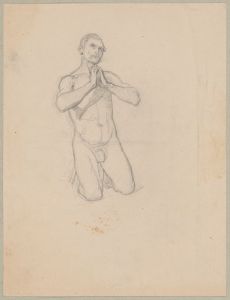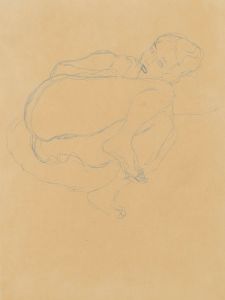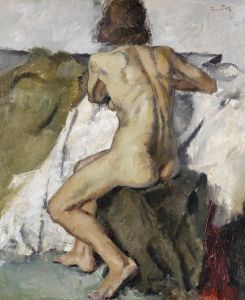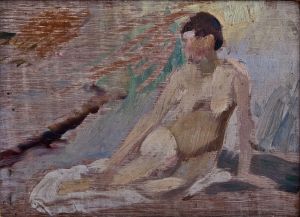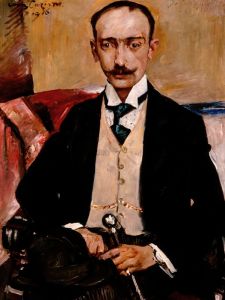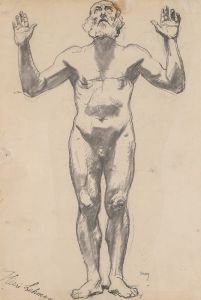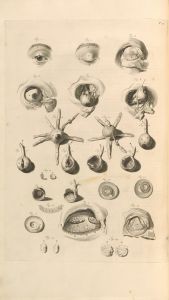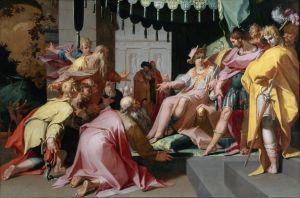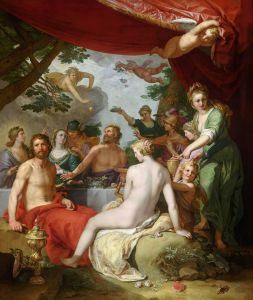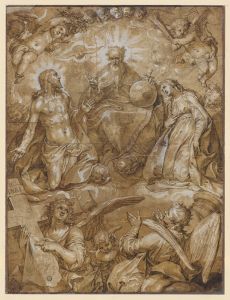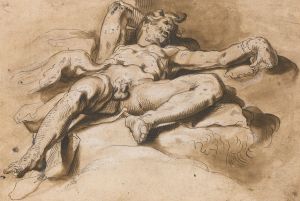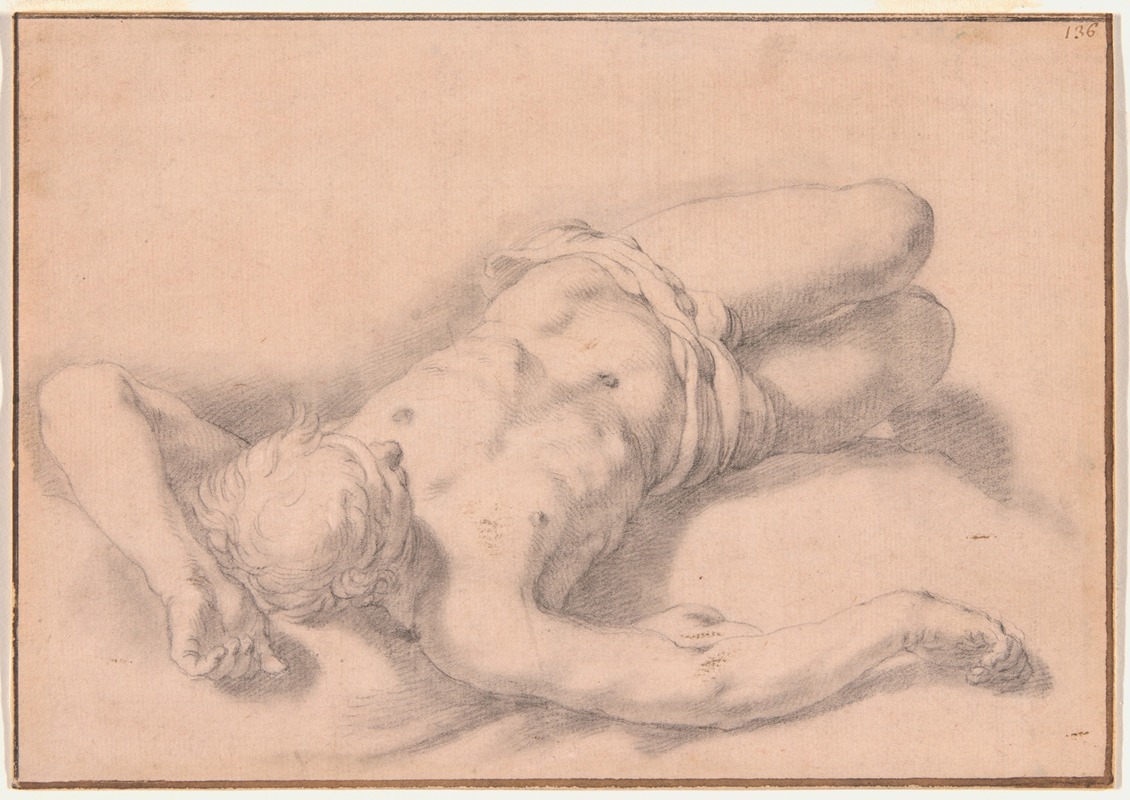
Study of a Nude Man
A hand-painted replica of Abraham Bloemaert’s masterpiece Study of a Nude Man, meticulously crafted by professional artists to capture the true essence of the original. Each piece is created with museum-quality canvas and rare mineral pigments, carefully painted by experienced artists with delicate brushstrokes and rich, layered colors to perfectly recreate the texture of the original artwork. Unlike machine-printed reproductions, this hand-painted version brings the painting to life, infused with the artist’s emotions and skill in every stroke. Whether for personal collection or home decoration, it instantly elevates the artistic atmosphere of any space.
Abraham Bloemaert (1566-1651) was a Dutch painter and printmaker, known for his contributions to the Northern Mannerist and early Baroque movements. His works often depicted religious and mythological subjects, as well as genre scenes and landscapes. One of his notable works is "Study of a Nude Man," which exemplifies his skill in capturing the human form and his interest in anatomical studies.
"Study of a Nude Man" is a drawing that showcases Bloemaert's meticulous attention to detail and his ability to render the human body with precision. The drawing features a male figure, standing in a contrapposto pose, which is a stance where one leg bears the weight while the other is relaxed, creating a sense of dynamic balance. This pose was commonly used during the Renaissance to convey a more naturalistic and lifelike representation of the human body.
Bloemaert's use of light and shadow in "Study of a Nude Man" highlights the musculature and contours of the figure, demonstrating his understanding of anatomy. The drawing is executed with fine lines and careful shading, which adds depth and dimension to the figure. This attention to anatomical accuracy and the play of light and shadow are characteristic of Bloemaert's style and his commitment to studying the human form.
The drawing is believed to have been created as a preparatory study for a larger painting or as an academic exercise to improve Bloemaert's skills in depicting the human body. During the 16th and 17th centuries, it was common for artists to create detailed studies of nude figures as part of their training and artistic practice. These studies allowed artists to explore the complexities of human anatomy and movement, which were essential for creating realistic and expressive figures in their finished works.
Bloemaert was a prominent figure in the Utrecht school of painting, and his influence extended to many of his contemporaries and students. He was known for his versatility and ability to adapt to different styles and subjects, which made him a respected and influential artist of his time. His works, including "Study of a Nude Man," reflect his dedication to the craft and his deep understanding of the principles of art.
"Study of a Nude Man" is an important example of Bloemaert's work and his contribution to the study of the human form in art. The drawing is valued not only for its artistic merit but also for its role in the education and development of artists during the Dutch Golden Age. Today, Bloemaert's drawings and paintings are held in various museums and collections around the world, where they continue to be studied and admired for their technical skill and artistic beauty.





